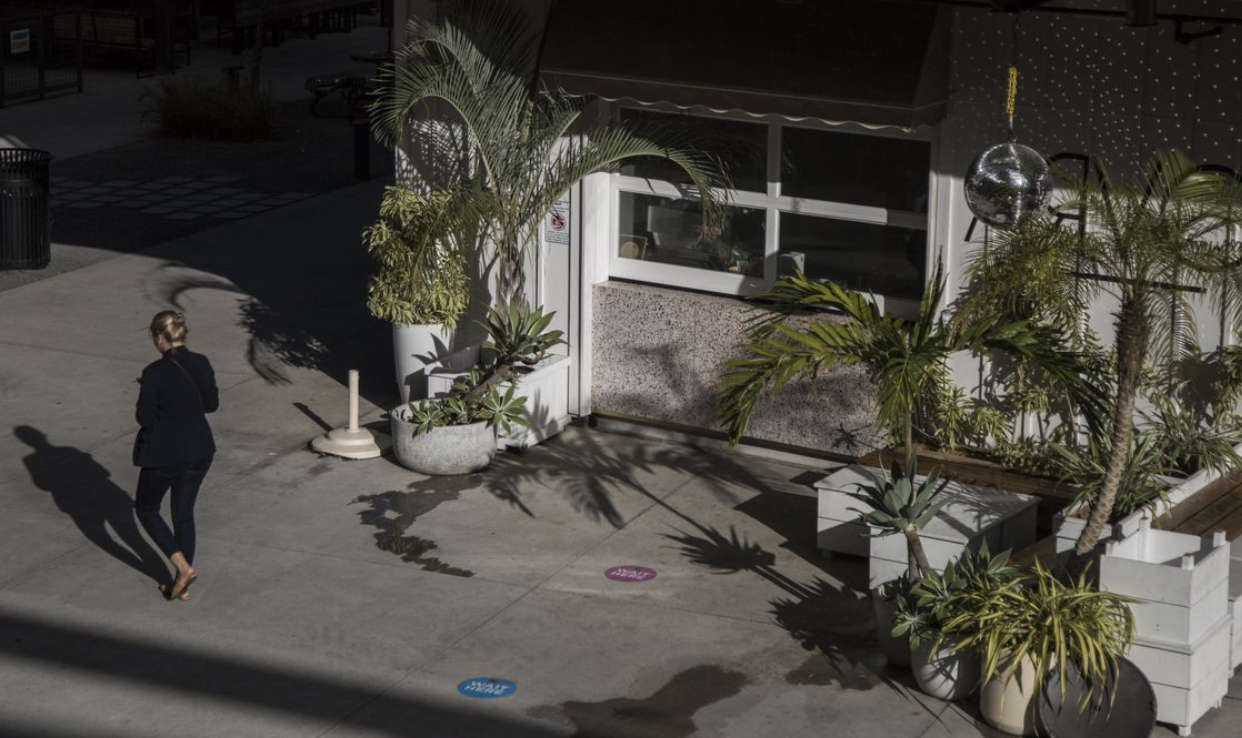After initially defying fears that its proximity to Japan and popularity with tourists might lead to a massive outbreak, Hawaii is finally facing its very own COVID-19 reckoning.
The state is now struggling with a genuine surge in the month of August after remaining at or near the bottom of the US league tables for the first four months of the pandemic.
For a small state with just 1.4 million residents, Hawaii has a total of 7,260 confirmed cases, 5,549 of which were confirmed within the last month, according to Johns Hopkins data. The state has gone from last or near last to No. 19 in terms of new cases reported daily over the past few weeks.
From mid-March to mid-June, the state saw an average of just 7.9 new cases reported per day. Last week, that average number climbed to 219.
This is terrible news for a state that, at the end of July, had the highest unemployment rate in the US (more than 13%) due to its reliance on tourism.
Ground zero for the virus is on Oahu, the most populous of the Hawaiian islands and home to the state’s capital and largest city, Honolulu. While 70% of the state’s population lives there, but since the beginning of the outbreak, 91% of its cases have been reported there.
Throughout the spring and early summer, Hawaii ranked nearly last among US states in cases per 100,000 people. Through Tuesday, Hawaii ranked 19th in cases per 100,000 people. More than 70% of Hawaii’s total cases were reported in August and about half of its 51 deaths, the highest in the country on both counts.
One infectious disease specialist says the surge is surprising given Hawaii’s geography, and the plunge in tourism-related traffic.
“As a public health professional, I expect this to look like New Zealand,” he said, referring to the Pacific island nation that isolated itself and had few Covid-19 cases.
Most of Hawaii’s retailers started reopening in May (at least, those that could reopen), and whatever is driving the outbreak isn’t entirely clear. Some speculate that Hawaii’s large multigenerational families who often live together have been holding more public gatherings, creating more opportunities for the virus to spread.
Additionally, the state’s scant resources have apparently worn thin as Hawaii worked to enforce its mandatory quarantine restrictions (one of the few states to do so) and poured resources into contact tracing. Right now, the state can only handle roughly 3 new tracing cases per day, which barely dents the current caseload.
On Tuesday, Hawaii Gov. David Ige ordered all non-essential workers on Oahu to stay home for two weeks; he also prohibited all public gatherings.
To be sure, testing has continued to expand. But the rising positivity rate in the state suggests that it’s facing a genuine outbreak.
It’s just the latest example of a state that supposedly did everything right, from strict lockdowns, to contact tracing to enforcement – and is still struggling with a new wave of cases.
